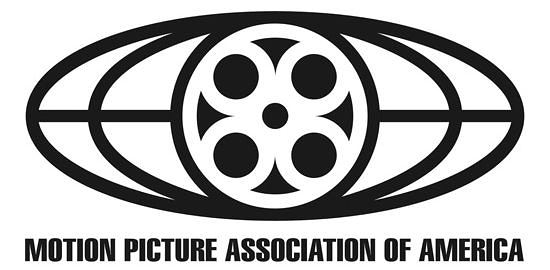We’re taking one last look back at the film year of 2013, this time at what I think are the four most important stories of the year. They might not have been the biggest or most talked about, but they all serve as interesting changes in how films are made and consumed and how that will be continuing to evolve going forward. They are the stones tossed into the lake that will great the widest ripples.
Escape From Tomorrow
The film year started off with a rather surprising story – the stealth production of the dark comedy/drama Escape From Tomorrow. Shot at Disney theme parks entirely in secret even from park officials, the first anyone heard of the film was when it premiered at Sundance last January. And while the finished project is uneven in terms of its storytelling, there is no denying that in terms of its look, the film is far more professional and polished than one would expect from something shot with consumer-grade electronics. It is the culmination of how over the last several years the tools of filmmaking have become more compact and affordable, opening up numerous possibilities to budding filmmakers. Filmmaking technology has been constantly advancing since its inception, but never before has it lead to the promise of the true democratization of the art than before this.
Veronica Mars Kickstarter Campaign
Much like Escape From Tomorrow was emblematic of how technological advances will be changing filmmaking, the story of how Veronica Mars television series creator Rob Thomas took to Kickstarter to solicit funds to bring the series to the big screen may be seen as a bellwether moment as to how social media, fan activism and creators can come together to realize a project. Not only did Thomas wind up breaking records, he also showed that just because a film has a potential audience that doesn’t reach across all four quadrants it still has an audience that are willing to pay for what they want to see. Granted, the fact that both Spike Lee and Zach Braff received pushback when they tried to follow Thomas’s lead and crowdsource their own features means that this will not be the route for some filmmakers to go to, though that may only become apparent after they try. And I suspect that many are going to do just that.
The Fall Of Blockbuster
If there was anything surprising about the final, gasping death rattle of the onetime behemoth Blockbuster Video, it is that it took so long to finally happen. The one-time 500-pound gorilla of the video rental industry had been hemorrhaging money and closing retail locations in stages for some time. But if anything can be learned from the company’s demise it could be the dangers of success making one arrogant and complacent, the twin swords that slew this giant. Once it had stomped most mom-and-pop video stores and the other, smaller chains out of existence, it felt that its position as the number one video renter was unassailable. When it had the opportunity to buy out an up and coming service that delivered DVDs through the mail, Blockbuster passed, perhaps thinking that the idea would never catch on or that the company could ever challenge their dominance. Try as they might, any attempt to revitalize their stores and brand were too little too late and were met with a collective yawn from a public that had already moved on. And the lessons of the fall of Blockbuster don’t seem to be lost on its successor, Netflix. The company has expanded its scope to online streaming of films and original content creation, though as contracts for content will affect what is available online, its base business of physical media rental will never go away. But it should be interesting to see how the company will continue to evolve in the wake of Blockbuster’s demise.
Ratings
Every year there seems to be a few filmmakers who challenge the film rating that the Motion Picture Association of America brands their film with, but I believe that this past year may have been the first time that a theater challenged the ratings board on enforcing of their ratings edicts. Specifically, Manhattan’s IFC Center telling the MPAA that they would not be enforcing the NC-17 rating that they gave the French lesbian coming-of-age drama Blue Is The Warmest Color for its “high school-aged patrons.” While under no legal obligation to keep those under the age of 18 out of the theater, it didn’t deter the usual group of self-appointed nannies to tut-tut their disapproval, grumble about lawsuits and use the opportunity to launch another round of fundraising. And IFC was not the only theater to react to the film and its rating. Cinemark, who had a corporate policy of not booking NC-17 rated films into their theaters, broke that rule and booked the film into one of their theaters as a “test case.” There’s no word if the chain will move forward with booking future NC-17 films. Perhaps we’ll have an answer to that in 2014.








The Four Most Important Film Stories Of 2013 http://t.co/b4HTP6unMQ
William Gatevackes liked this on Facebook.
I think the success of Instructions Not Included was a pretty important story as well. The fact that a low budget, Spanish language film could debut at #4 and out gross other highly promoted films such as Carrie says something about the year.